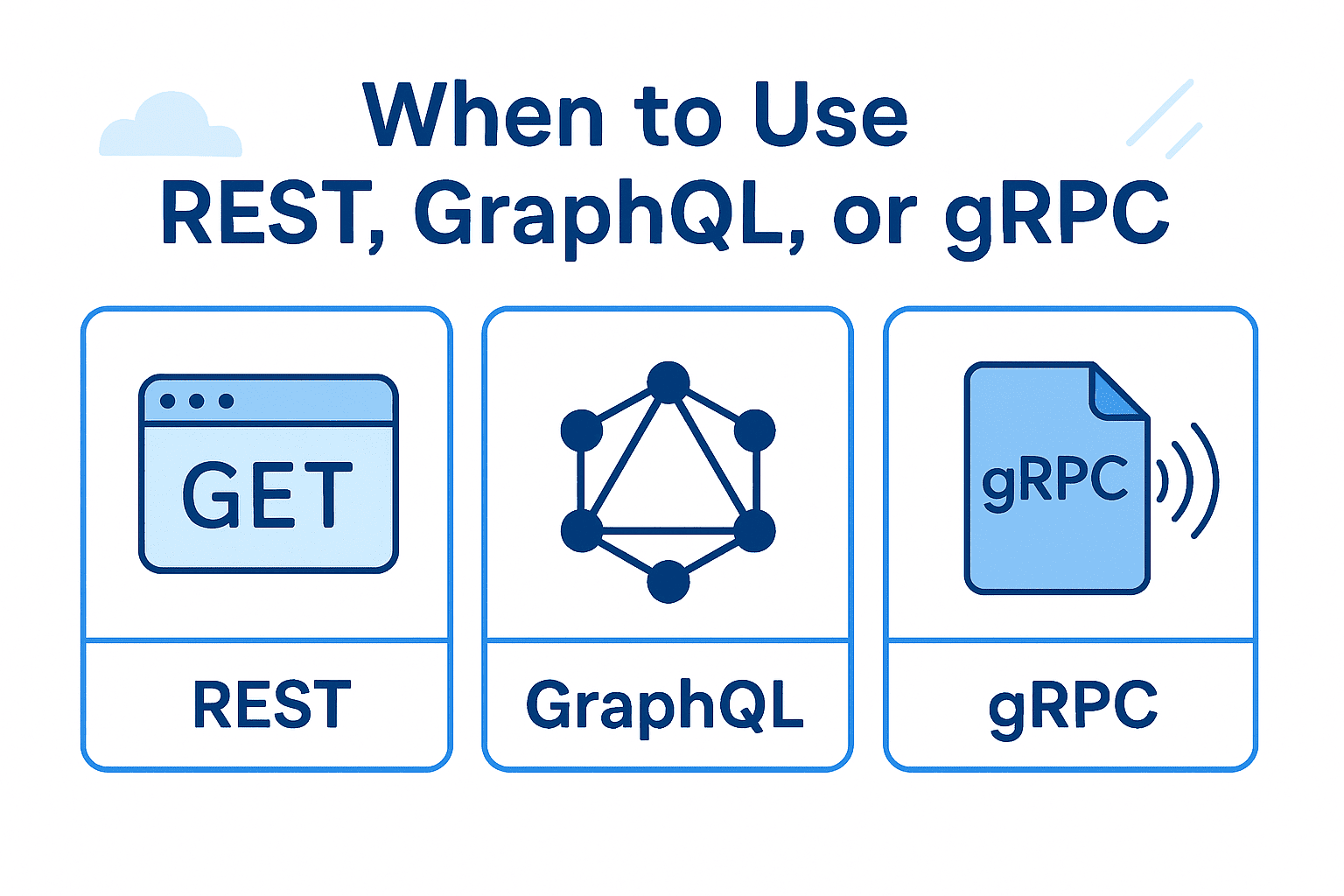JavaScript keeps evolving. Every year, the ECMAScript standard (aka “ES”) gets updates. And ES2025 is here with a fresh set of features.
Some updates are small quality-of-life improvements. Others change the way we write code.
Here’s a breakdown of what’s new, why it matters, and how you can start using these features today.
1. Built-in Set.prototype.difference and Set.prototype.intersection
Set operations just got easier. No more writing custom logic.
Before:
const a = new Set([1, 2, 3]);
const b = new Set([2, 3, 4]);
const intersection = new Set([...a].filter(x => b.has(x)));
Now (ES2025):
const a = new Set([1, 2, 3]);
const b = new Set([2, 3, 4]);
const intersection = a.intersection(b); // Set {2, 3}
const difference = a.difference(b); // Set {1}
Why it matters?
- Cleaner code
- More readable logic
- Works like Python and other modern languages
2. Array.prototype.toSorted(), toReversed(), and with() are now standard
Mutable operations are risky. You sort an array and—oops—it changed the original.
ES2025 brings these safe versions:
const nums = [3, 1, 2];
const sorted = nums.toSorted(); // [1, 2, 3]
const reversed = nums.toReversed(); // [2, 1, 3]
const updated = nums.with(1, 99); // [3, 99, 2]
console.log(nums); // [3, 1, 2] — original unchanged
Why it matters?
- Avoids accidental bugs
- Immutable programming is easier
- Safer for functional code
3. Explicit Resource Management: using and Disposable
A feature inspired by languages like C# and Python.
Now you can manage resources (like file handles or DB connections) automatically.
using resource = getSomeDisposableResource();
resource.doSomething();
When the block ends, JavaScript automatically calls a cleanup method like .dispose().
Why it matters?
- No more forgetting to clean up
- Cleaner code when working with external resources
4. Symbols as WeakMap Keys
Previously, WeakMap only accepted objects as keys. Now, you can use symbols too.
const wm = new WeakMap();
const sym = Symbol('secret');
wm.set(sym, 'private data');
Why it matters?
- Symbols are lightweight
- More flexible privacy patterns
- Smarter use of memory
5. Improved Number Formatting
New formatting tools are being added to better handle international number formatting.
const nf = new Intl.NumberFormat('en-US', {
notation: 'compact',
compactDisplay: 'short'
});
console.log(nf.format(1000)); // "1K"
Why it matters?
- Better UX for displaying prices, metrics, views, etc.
- Built-in and localized
- No need for external libraries
6. New Promise.withResolvers() Utility
Creating a promise with external resolve/reject methods was always a bit clunky.
Now it’s super simple:
const { promise, resolve, reject } = Promise.withResolvers();
resolve('Done');
Why it matters?
- Better promise control
- Cleaner async patterns
- Handy for event listeners, timeouts, and APIs
What This Means for You
If you’re writing modern JavaScript:
- Start using these features where it makes sense - Transpile with Babel or use tools like SWC for support
- Stay ahead of the curve—cleaner, faster code
JavaScript is aging like fine wine. And ES2025 is proof it’s still evolving.
Final Thoughts
This update isn’t flashy. But it’s practical.
ES2025 focuses on cleaner syntax, safer operations, and better tools for writing code that just works.
So next time you’re deep in a bug caused by .sort() mutating your array, remember—ES2025 has your back.
Want a deeper dive into one of these features? Let me know.
🚀 Let’s build something amazing! If you have a project in mind or need help with your next design system, feel free to reach out.
📧 Email: safi.abdulkader@gmail.com | 💻 LinkedIn: @abdulkader-safi | 📱 Instagram: @abdulkader.safi | 🏢 DSRPT
Drop me a line, I’m always happy to collaborate! 🚀



